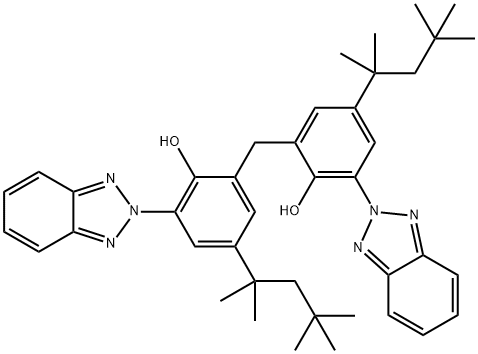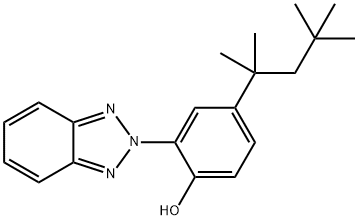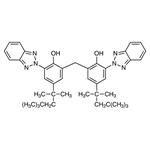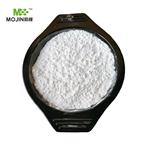Chemical Properties
White powder
Chemical Properties
Wavelengths covered: about 280-400 nm, which covers both UVB and UVA ranges; peak protection at 303 nm and 358 nm.
Uses
Bisoctrizole is a light stabilizer in polymers and resins. It is majorly used as a UV filter in sunscreens and in photo-luminescent dyes for organic electronic based applications.
Definition
ChEBI: Bisoctrizole is a diarylmethane. It is a broad-spectrum organic UV filter that is marketed as Tinosorb M. It is a benzotriazole-based organic compound that absorbs, reflects, and scatters both UV-A and UV-B rays.
Application
Bisoctrizole is a non-FDA-approved combination sunscreen, but is approved in the EU and other parts of the world as a UV filter in sunscreens, day care products, and skin-whitening products at concentrations up to 10%.
brand name
Tinosorb M (Ciba Specialty Chemicals).
General Description
Bisoctrizole is a benzotriazole based additive that is used as an ultraviolet absorber (UVA). It reduces degradation of the polymeric material by absorbing the UV radiation and converting it to thermal heat. Bisoctrizole is often added to sunscreen formulations that It may protect skin against blue light and other environmental assaults.
Side effects
At present, Bisoctrizole has good safety, photostability and effectiveness, and rarely causes skin irritation. Severe allergic reactions are rare, which may be related to the fact that it is not significantly absorbed by the skin. If you experience symptoms such as difficulty breathing or swallowing, chest tightness, rash, swelling and urticaria, you need to seek medical attention immediately. Due to the lack of clinical studies on Bisoctrizole, long-term use and adverse reactions remain to be investigated.
Safety
Bisoctrizole appears to be relatively non-toxic and rarely causes skin irritation. As with many synthetic chemicals, whether bisoctrizole may produce low-level skin damage or systemic effects with long-term use is unclear. Considering that bisoctrizole is stable, poorly soluble, and minimally absorbed by the skin, the risks appear to be low. Still, more research on bisoctrizole safety is needed.






